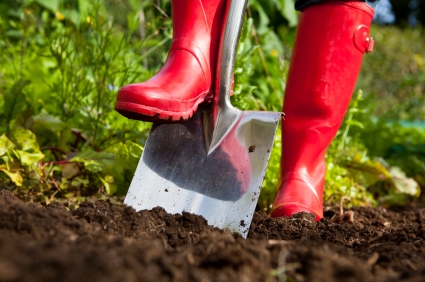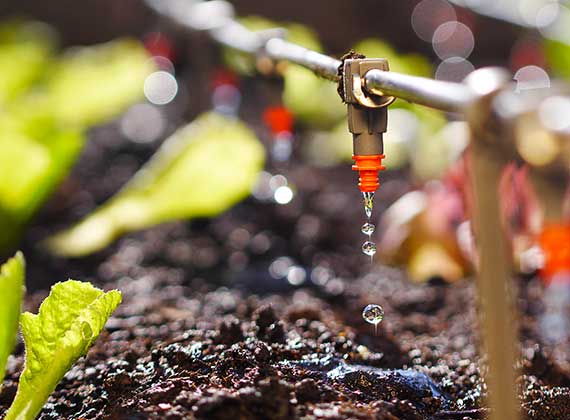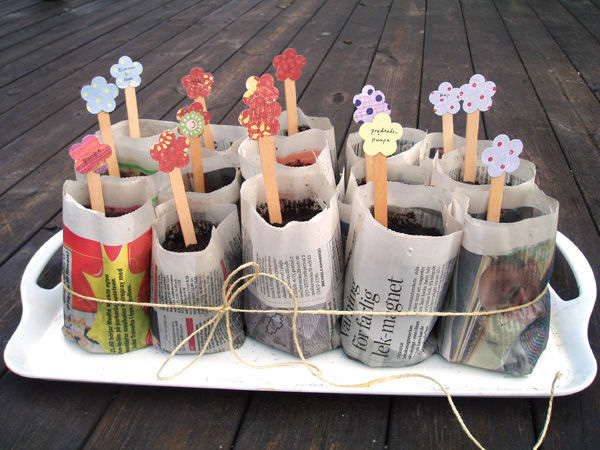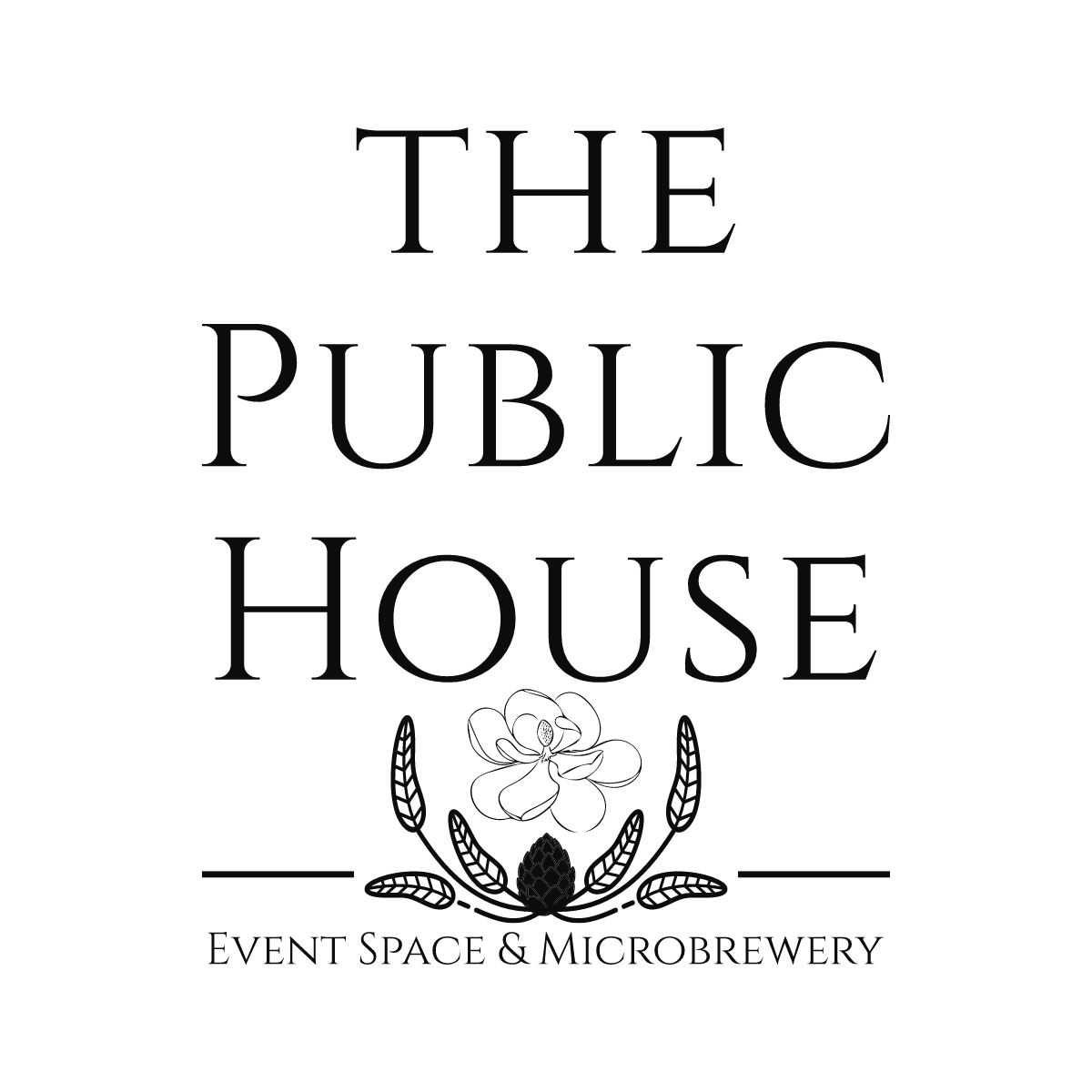
Another growing season has begun. We are at the time to get cool-weather vegetables in. Think fresh greens and some rooted vegetables . . . then taste those fresh greens and vegetables. Oh, yum, delish.
The recommended rule of thumb is to plant most cool-season vegetable seed at a depth equal to approximately three times the seed diameter. Of course, there is an exception: lettuce needs light to germinate so lightly broadcast that seed on top of the soil and pat it in. There is an easy-to-understand graph of spring vegetables and when to plant them contained within the UT Extension publication, SP 291, “Guide to Spring Planted, Cool Season Vegetables,” available online. Home gardeners can tighten up the space between rows, especially if the garden is hand cultivated, but they should follow the recommended space between plants. The publication is a great resource for those of us who work in the garden in the early spring.
You do want to minimize soil turning this time of year. If you squeeze a handful of soil and it maintains the squeezed form, then the soil is too wet to work. If you proceed and work it anyway, you will accomplish soil sculpture, creating hard clumps of compacted dirt that do not support healthy gardens. It takes more than a season to fix the sculpted dirt and get it into usable soil condition again. I speak from experience; heed my plea. Your excitement to work in the garden could set you back.
Now is also the time to plan water-saving and irrigation alternatives. Rain barrels, also known as cisterns, capture free water from the sky. Happily, it is not illegal to use rain barrels in Tennessee as it is in some western states. Did you know that one inch of rainwater falling on a 1,000-square-foot roof can capture up to 623 gallons of water? That would fill 10 55-gallon rain barrels. If you are interested in seeing one or learning how to install one, the Master Gardener demo area at the UT Extension campus at 315 John R. Rice Blvd. has a system set up at the pavilion. There are also some online resources, including the UT publication 276 from the Tennessee Yards & Neighborhoods program. That resource provides directions for making and installing your own rain barrel.

Another very efficient method of watering is through drip irrigation. The Master Gardeners do also have examples of its usage. I suggest that you start researching the concept now; I will write more on it next month.
Like so many other actions these days, buying flats of vegetables can be a political statement. Many of the larger companies do utilize a chemical on their seedlings that is suspected to interfere with pollinators, especially bees. Originally thought to have no effect on beneficial insects, neonictinoids are now being studied for potentially interfering with a pollinator’s ability to navigate between the hive and the nectar, thus killing the hive. To produce vegetables, pollinators are needed in our yards and gardens. Beetles, bees, ants, wasps, butterflies and moths contribute to pollination. Ladybugs are our friends; they eat harmful insects, including those sneaky aphids. With their continual access to the plants, they provide you with vegetables. Successful pollination results in healthy fruits and vegetables and fertile seeds from heirlooms for next year’s crop.
The chemical is suspect, but officially speaking, the studies are inconclusive. The manufacturers of the products with neonictinoids recommend minimizing impact on the environment, including the pollinators, by following the label directions carefully, restricting neonicotine applications to the soil, or during times when bees are not foraging (evening), and treating only those individual plants which need treatment for a known pest infestation rather than a universal application of the product to all vegetables. There is no labeling required on plants being sold that have been treated with this chemical.
Choose your nursery wisely. Ask about their plants and the chemicals used for their growth and in their soils or growing medium or water. A good nursery will carry quality plants and reduce the chances of introducing harmful insects or diseases into your garden from their plants.
You may choose to avoid the guesswork of the details of the purchased plants and just start your plants from scratch. It is a great science project for families. One huge advantage in starting your own plants from seed is quality control. If any chemical has been sprayed onto your seedlings, you know about it. You know what is added to your water and in your soil. Frosts are over by April 15, and summer vegetables can start to go in the ground then. All should be in the ground by Mother’s Day.

Try to start your summer vegetables inside, six weeks prior to transplanting. If you choose to start your own veggies, start with clean pots. A solution of 1 part bleach to 10 parts water will sterilize them. You want to use a starter medium as well, not soil from the garden. Seed-starting mixtures are usually composed of vermiculite and peat. You can also make your own by mixing ⅓ part sand, ⅓ part peat moss and ⅓ loamy soil, then heating it in an oven for 30 minutes at 180 degrees to sterilize it. Cool before use.
Fill the pots or flats with a potting mix, and water the mix before sowing seeds. The potting mix will settle down into the containers. Add more potting mix and water until the containers or cells are nearly full. Try to sow within six weeks of transplanting into their outdoor location. Sow one seed per pot or cell. There is no fertilizer in seed-starting mixtures, so water with fertilizer mixed at half strength. Those who have pet worms will create their own fertilizer through their own worms’ efforts. Vermicomposting is a process of using your worms’ discharge as a natural fertilizer for your plants.
Remember this is the time of year when you need to buy seeds for the planting cycles throughout this growing season. Store any extra seed in the refrigerator, as it is a cool, dry storage option.
Upcoming Events:
Adventures in Agriculture Festival
This year’s Adventure in Agriculture will be held on April 14 from 10 a.m.–2 p.m. at the Lane Agri-Park on John Rice Boulevard in Murfreesboro. It is a free, family-friendly event with hands-on activities, livestock, trolley rides, horse events and many opportunities through fun learning for adults and children.
Plant and Seed Swap
The Master Gardeners of Rutherford County are organizing the free, family-friendly, community plant and seed swap on Saturday, April 21, from 10 a.m.–noon. This event is open to the public and will also be held at the Lane Agri-Park Community Center, 315 John Rice Blvd. in Murfreesboro. The rules for participation are simple: for each one you bring, you take one. Everything must have a name and instructions. You can bring your houseplants or outdoor plants, but avoid invasives (those that take over your yard).
Farmers’ Market Opens
May 11 is opening day at the Farmers’ Market, also located at Lane Agri-Park Community Center, 315 John Rice Blvd. The market is indoors and open from 7 a.m.–noon on Tuesdays and Fridays. It is a producer-only market.













